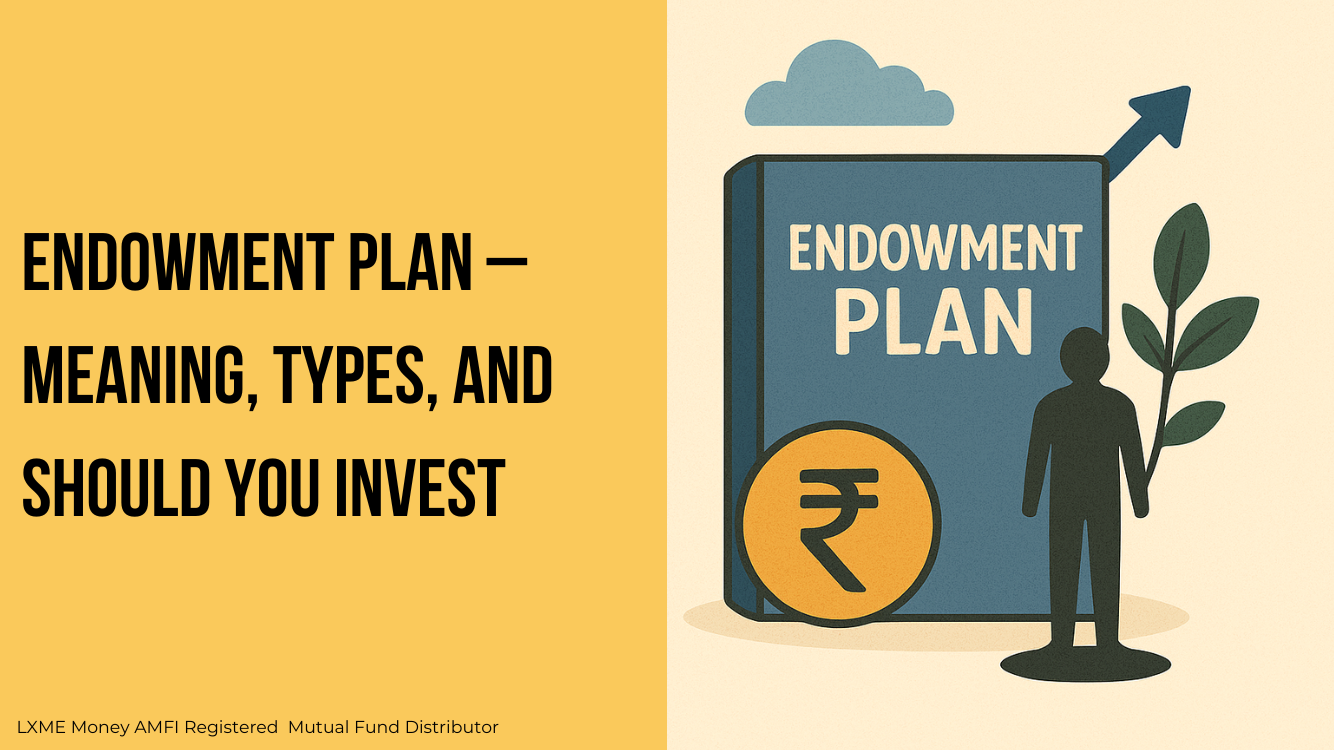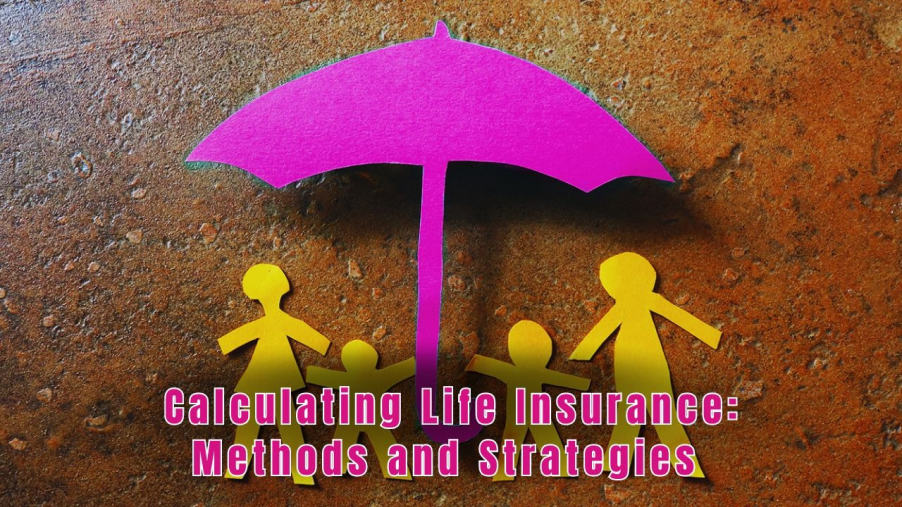How many of you have tried calculating life insurance?? If you have, then is it covering you adequately??
Such types of questions were troubling Reshma who wanted to buy life insurance for herself but was unable to understand how much insurance she should buy.
So, she approached one of her friends Divya.
Reshma: Hey, Divya! I want to buy life insurance for myself but I am very confused about how much I should buy.
Divya: Don’t worry I will brief you about 3 popular methods I learned from Lxme app, that will help you buy adequate insurance for yourself.
So, let’s get started!
We live in a world full of uncertainties, risks surround us from we wake up till we go to bed at night. So, as much as it’s essential to save money for a future livelihood it’s equally important to protect such savings so that they don’t get used up due to uncertain mishaps.
So, how to protect ourselves financially against such risks?? The answer is INSURANCE. There are varieties of insurance policies available covering different types of risks such as Life insurance, Health Insurance, Motor vehicle insurance, Liability insurance, Renter’s insurance, etc. Today, our focus will be on Life Insurance.
Life insurance is designed primarily to protect dependents or beneficiaries in case of the insured’s (policyholder’s) unexpected death. Through life insurance, the beneficiaries (the person or entity entitled to receive the claim amount and other benefits upon death) will have the financial resources to protect their future income and pay for immediate and future financial obligations.
Purchasing adequate insurance coverage is very essential as underinsurance (insurance is insufficient) as well as overinsurance (having insurance more than required), both can be risky. Underinsurance can lead to great financial stress in case of unfortunate events. Conversely, over-insurance can lead to higher monthly premiums which may hamper your current finances.
With this, we come to know the significance of purchasing adequate insurance coverage which won’t create financial stress and support in hard times.
There are 3 popular ways of estimating insurance coverage:
1) Rule of Thumb Approach:
- This is one of the simplest approaches to calculating life insurance coverage.
- The general idea is to get insurance for an amount equivalent to 10 times an individual’s annual income as it will provide adequate coverage in most situations.
- For example,
Mrs.Gupta has a current annual income of ₹5,00,000 then she should have life cover of at least worth ₹50,00,000 (5,00,000×10) based on the Thumb Rule of Life Insurance.
- Generally, the Human Life Value approach and needs-based approach are used in order to compute the life insurance as they consider realistic factors whereas, the rule of thumb approach fails to consider a unique aspect of each case and treat every case the same. But it’s a great way to get started on your insurance journey!
2) Needs-Based Approach:
The needs approach is also called the family needs approach or the total needs approach.
This method is divided into three main categories:
- Cash needs: Immediate needs after the death of the breadwinner/person who needs insurance (funeral expenses, medical expenses, etc.)
- Net Income Needs: On-going family needs (regular daily expenses).
- Special needs: Lump sum needs for specific events such as child’s education expenses or marriage expenses.
This approach is based on the assumption that the goal of life insurance is to cover the surviving family members’ immediate expenses after the policyholder’s death, future expenses as well as ongoing expenses required in the future in order to fulfill daily needs in case of death of wage earner of the family.
Therefore, the need-based approach determines the amount of life insurance required by an individual based on a deep analysis of needs that would have to be met by his/her dependents.
3) Human Life Value (HLV) Approach:
- HLV Approach also known as the income replacement approach is a method of estimating a person’s human life value.
- The HLV calculation is based on the theory that the purpose of insurance is to replace the loss of earnings when a person dies. This approach focuses on the earnings of the individual that would have been lost in case of an untimely or premature demise.
- In simple words, HLV is calculated based on the earning ability of an individual by computing the present value of the income lost by the dependent due to the demise of the bread earner/earning member.
As you have seen 3 methods of calculating insurance, now it’s your time to calculate insurance amount. After calculating your sufficient insurance amount then if you want to buy the insurance and need assistance in buying the same then you can check out the support tab on the Lxme app and our money buddy team will get in touch with you.
If you need assistance in buying life insurance then comment “Need Assistance” and our team will get in touch with you!
Related Article You may Like :- Life Insurance or Health Insurance: Which one should I get?
FAQS : Common Questions related to Calculating Life Insurance
What is the formula for calculating life insurance?
– There is no one formula for calculating life insurance.
– It depends on various factors such as age, income, debts, and financial goals.
– Common methods include multiple-of-income approach, human life value approach, and capital needs analysis.
How to calculate life insurance using the easy method?
– One easy method is the multiple-of-income approach, which involves multiplying your annual income by a predetermined number of years.
– Another easy method is the DIME method, which stands for debt, income, mortgage, and education expenses.
– Use our life insurance calculator to estimate your coverage needs.
Check out our comprehensive guide on calculating life insurance for more information.
To stay connected with Lxme and access inspiring content, follow us on Instagram and subscribe to our YouTube channel.
Share this blog with your family and friends if you find it insightful!!
Download the Lxme app now to start investing!












